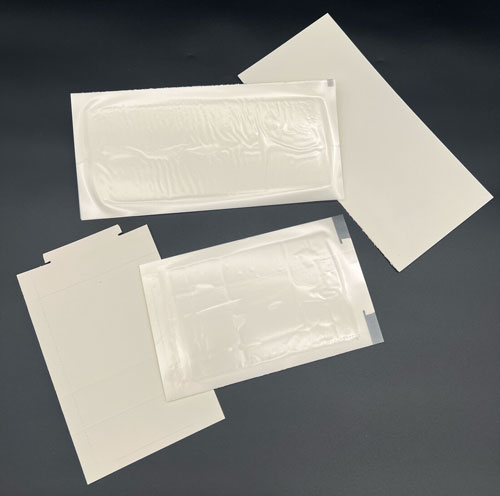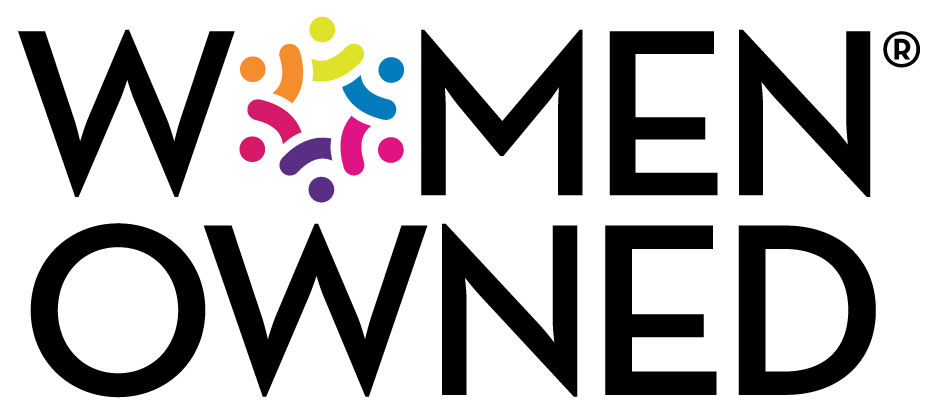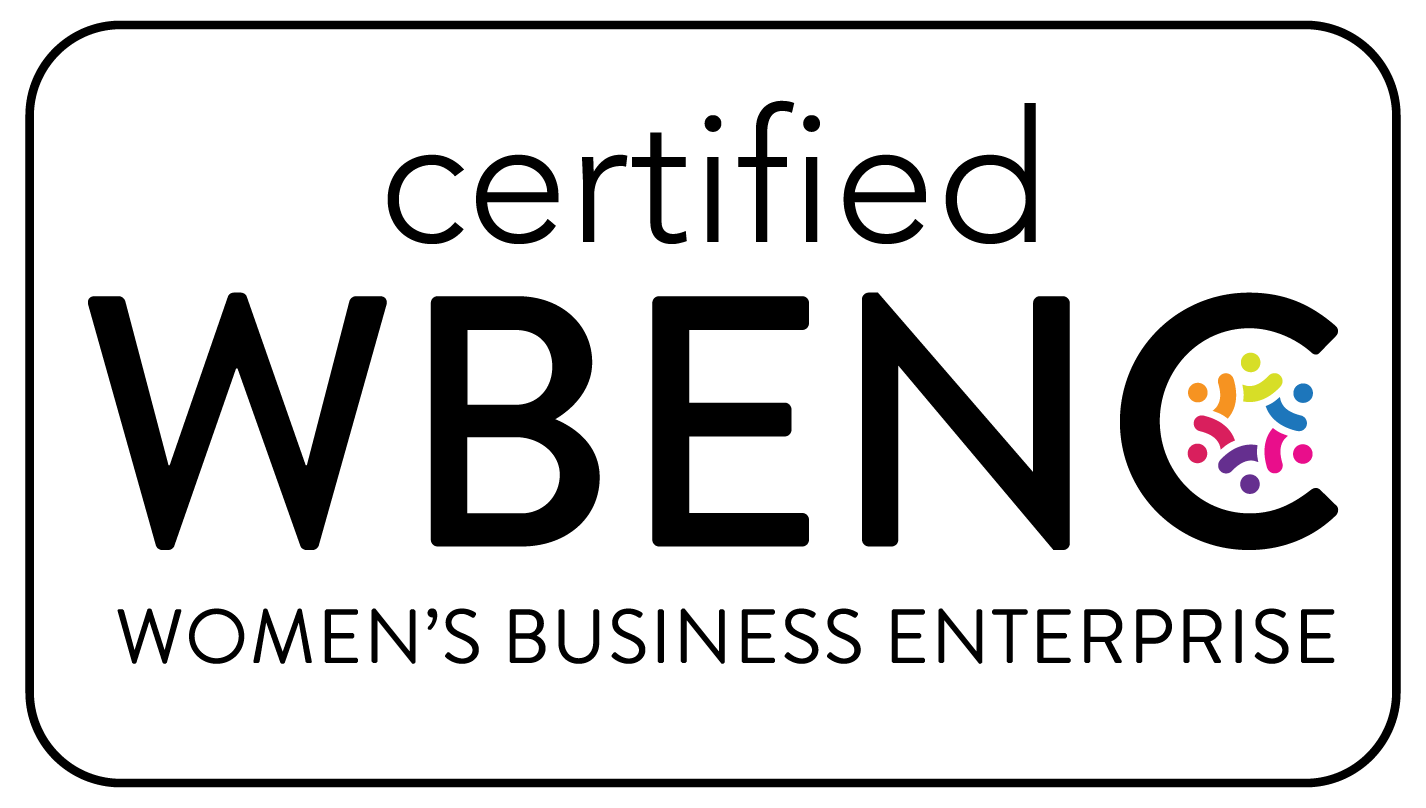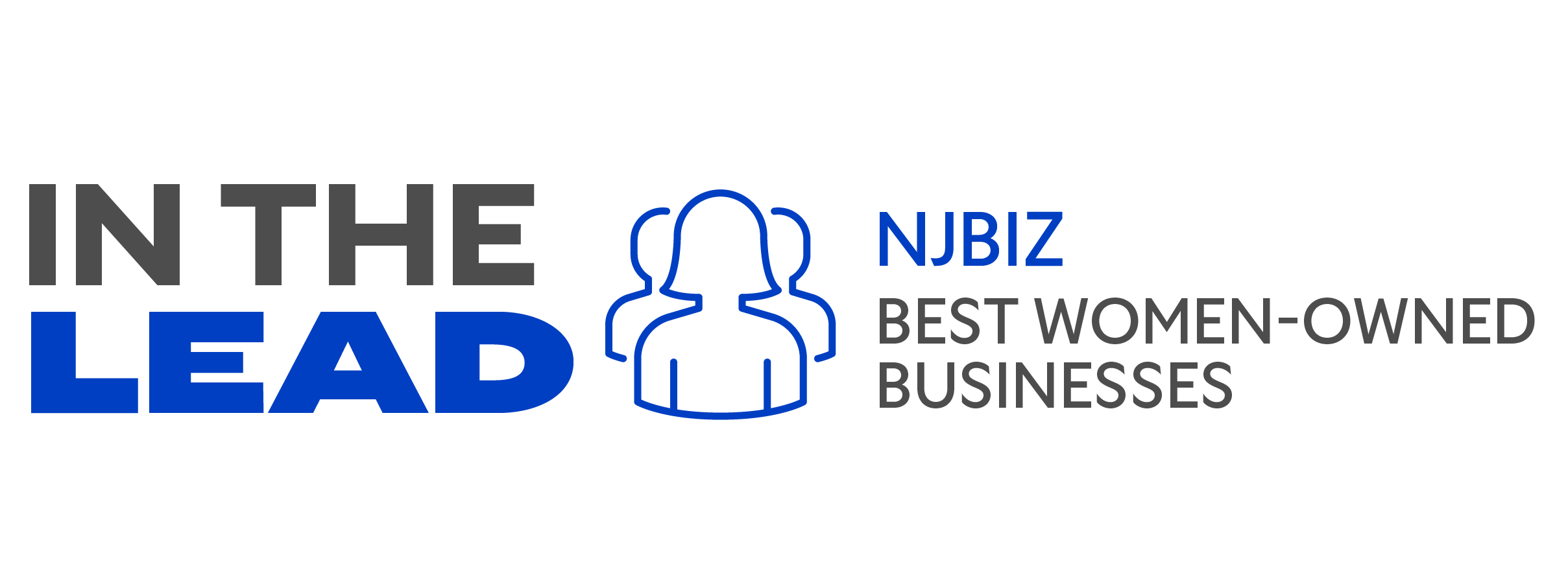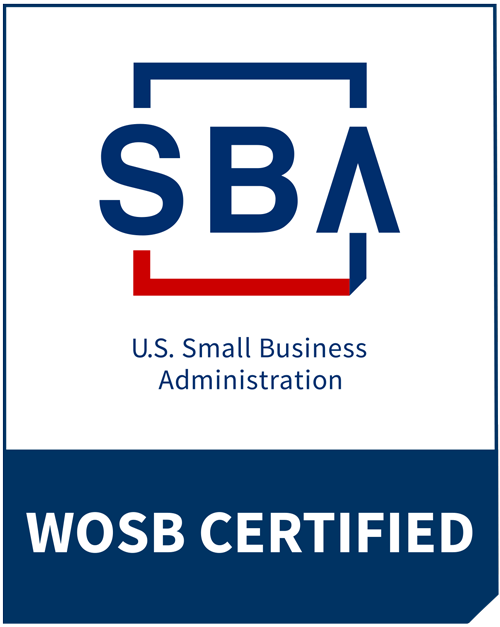Why Substrates Matter.
A glue trap’s substrate isn’t just a backing—it affects everything from durability and performance to environmental impact and cost.
At Web-Cote, we work with a variety of materials to ensure each board delivers the right balance of strength, stability, and functionality for its intended use. Here’s an overview of our most common substrates and when to use them.
Milk Carton Stock (Our Signature Material)
When you need water resistance and versatility, Milk Carton stock is our go-to recommendation. This poly-coated paperboard performs exceptionally well in humid or damp environments without sacrificing print quality. It’s widely used in the professional pest control industry for:
- Commercial kitchens, hospitals, warehouses, and basements
- Rodent and flylight glueboards
- Situations where a lower-cost, environmentally friendlier option than plastic trays is preferred
Because of our large-volume purchasing, we’re able to offer Milk Carton stock at pricing comparable to SBS—making it a premium choice for both dry and wet conditions.
SBS Board
Our most environmentally friendly standard offering, SBS board is ideal for indoor applications where the trap is protected from humidity. We commonly recommend SBS for:
- Rodent traps used inside devices or monitoring stations
- Indoor spider, pantry moth, or clothing moth traps
- Insect Light Trap (ILT) glueboards that are not subjected to damp environments and won’t sit in storage for extended periods
- Sharpest print quality
SBS offers a smooth surface for clean printing and dependable performance for its intended use.
PVC
For extremely wet or long-term outdoor use, PVC delivers the highest level of durability. It’s also a good option for traps that require a decorative or opaque finish, offering greater flexibility in visual presentation. PVC substrates excel in:
- Greenhouses and outdoor monitoring
- Extended deployments in harsh or fluctuating conditions
- Applications where opacity or decorative features are needed

